LOVE HOUSE, a Windowless House
Takeshi Hosaka Architects designed a two-storey house with an area of 33 m2 for a couple, with the distinctive feature of having no windows.
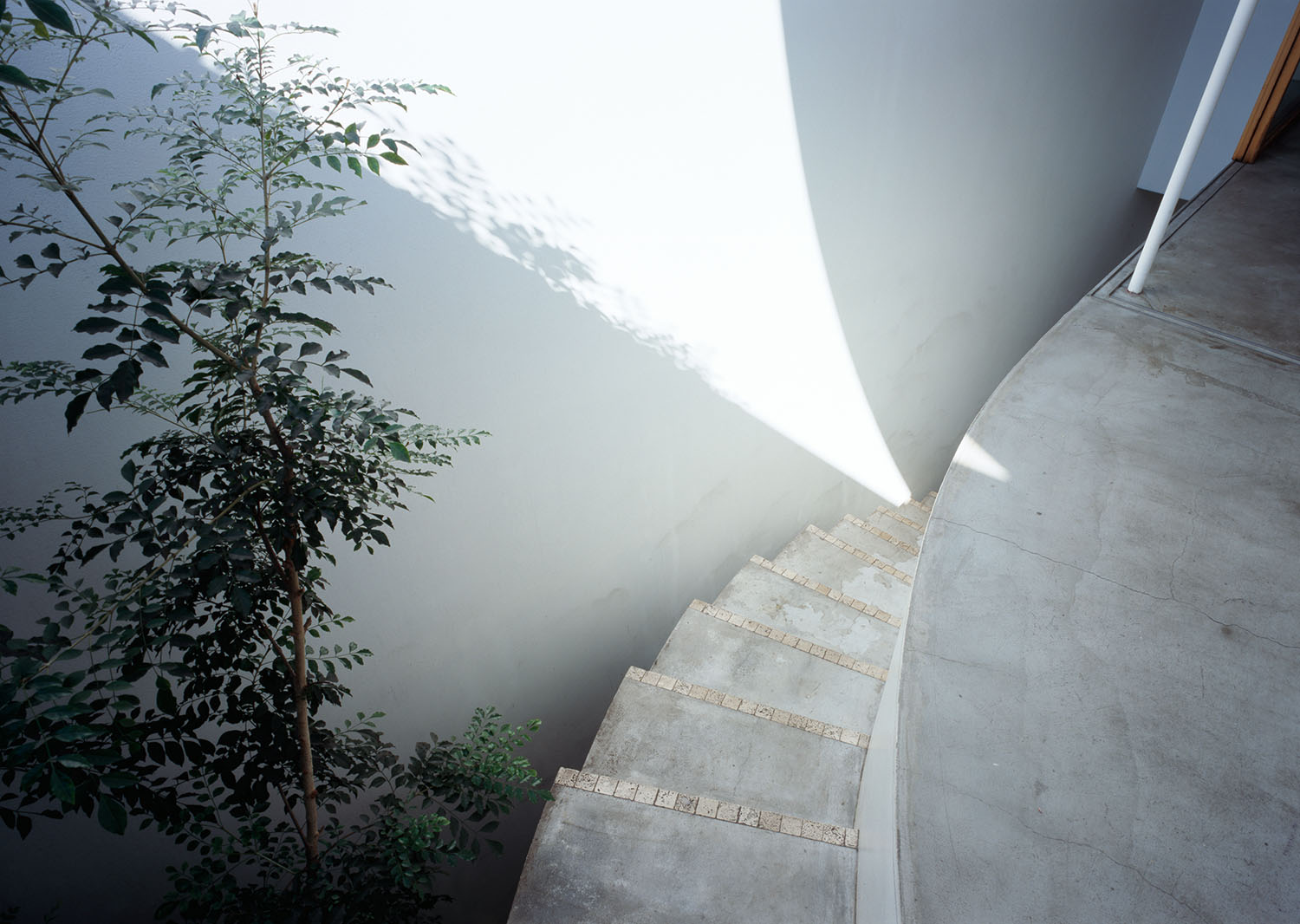
© Koji Fujii
Building homes on miniature plots of land: in many of the densely populated cities in Japan, this is the challenge faced by architectural firms. At 3.3 metres wide and 10 metres deep, LOVE HOUSE, the project by the agency Takeshi Hosaka architects, manages to offer its inhabitants 33 m2 of living space on one floor.
Built in the coastal city of Yokohama, south of Tokyo, the verticality of LOVE HOUSE hides an ingenious structure that makes you forget the limited amount of space. This white house has one distinctive feature: it has no windows. The creators of the structure opted to build the house around a curved courtyard, which allows daylight to flood in to each room.
Forgetting the absence of space
The ground floor, protected by a wooden staircase moulded in concrete, comprises the bathroom and a bedroom, while the kitchen and dining room are found upstairs, extending outside onto a terrace. The space is described on their website by architect Takeshi Hosaka as ‘neither inside nor outside, where the sun and rain of Yokohama can easily enter.’
In this miniature house, the firm Takeshi Hosaka Architects has made it possible to forget the absence of space. They repeated this feat shortly after, with the construction of another minimalist house, LOVE2 HOUSE. This constraint is now taken into account by a large number of Japanese architects like Atelier Bow-Wow, a firm entirely dedicated to Pet Architecture.
LOVE HOUSE (2005), a project by Takeshi Hosaka Architects, is visible on their website.
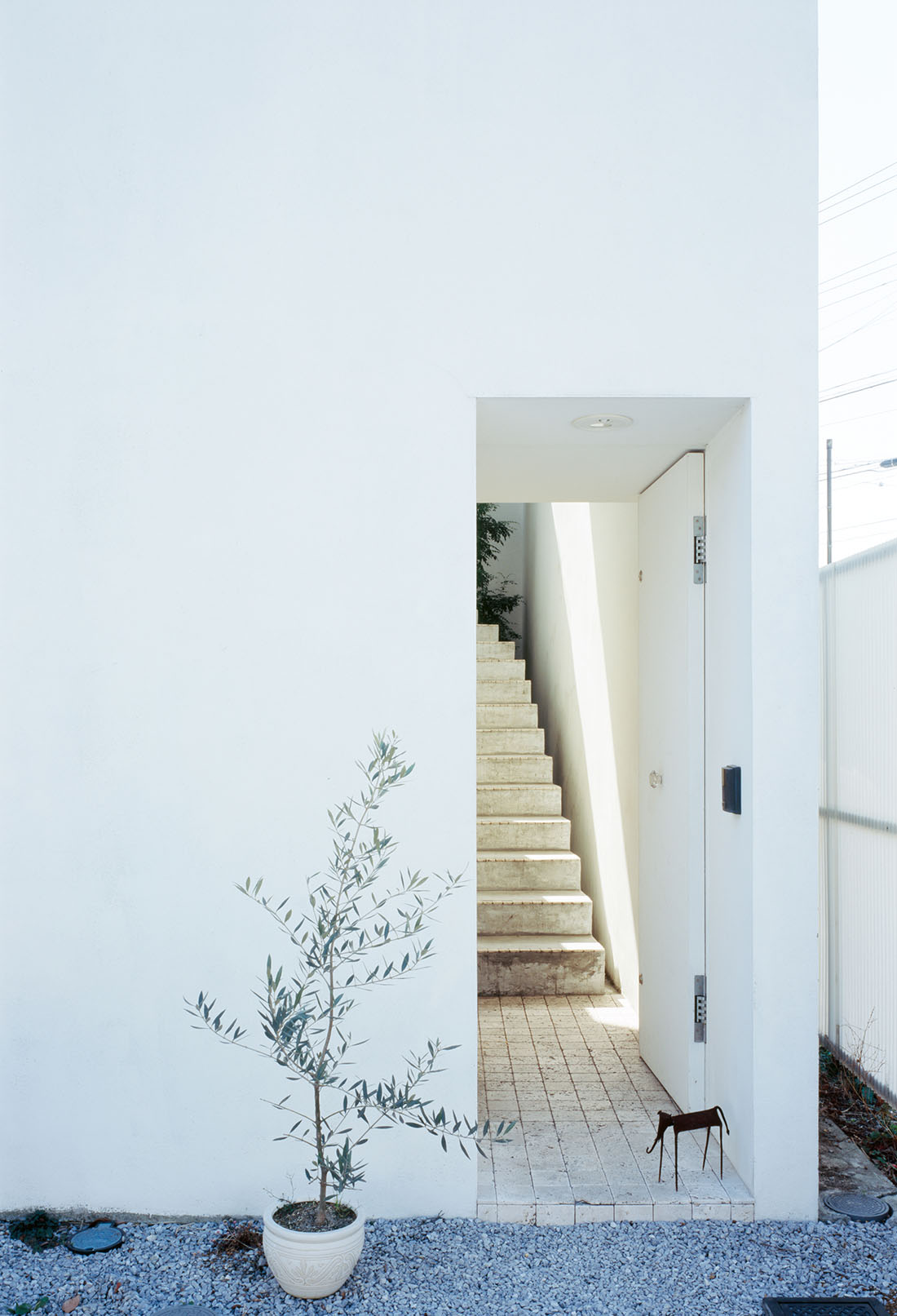
© Koji Fujii
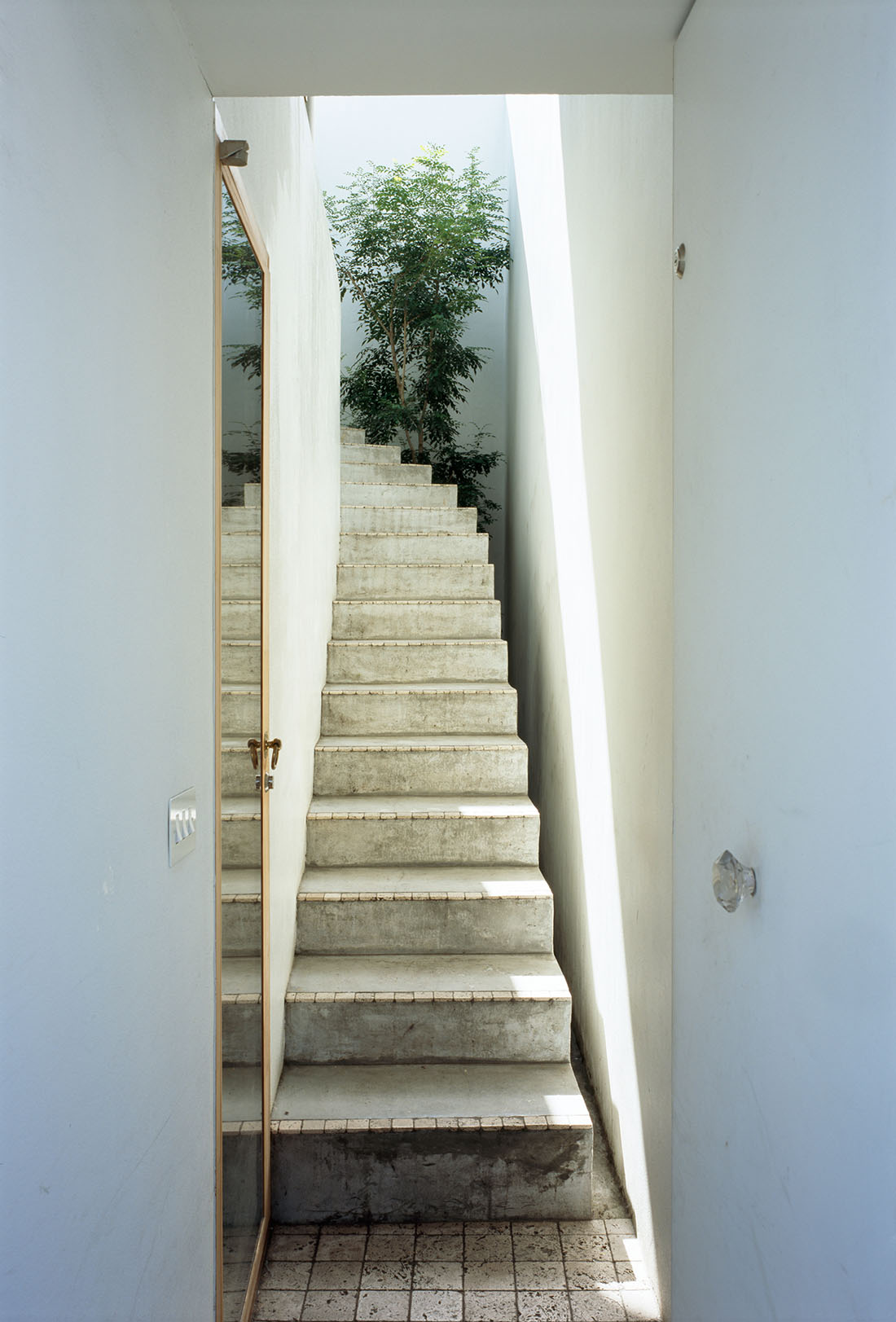
© Koji Fujii
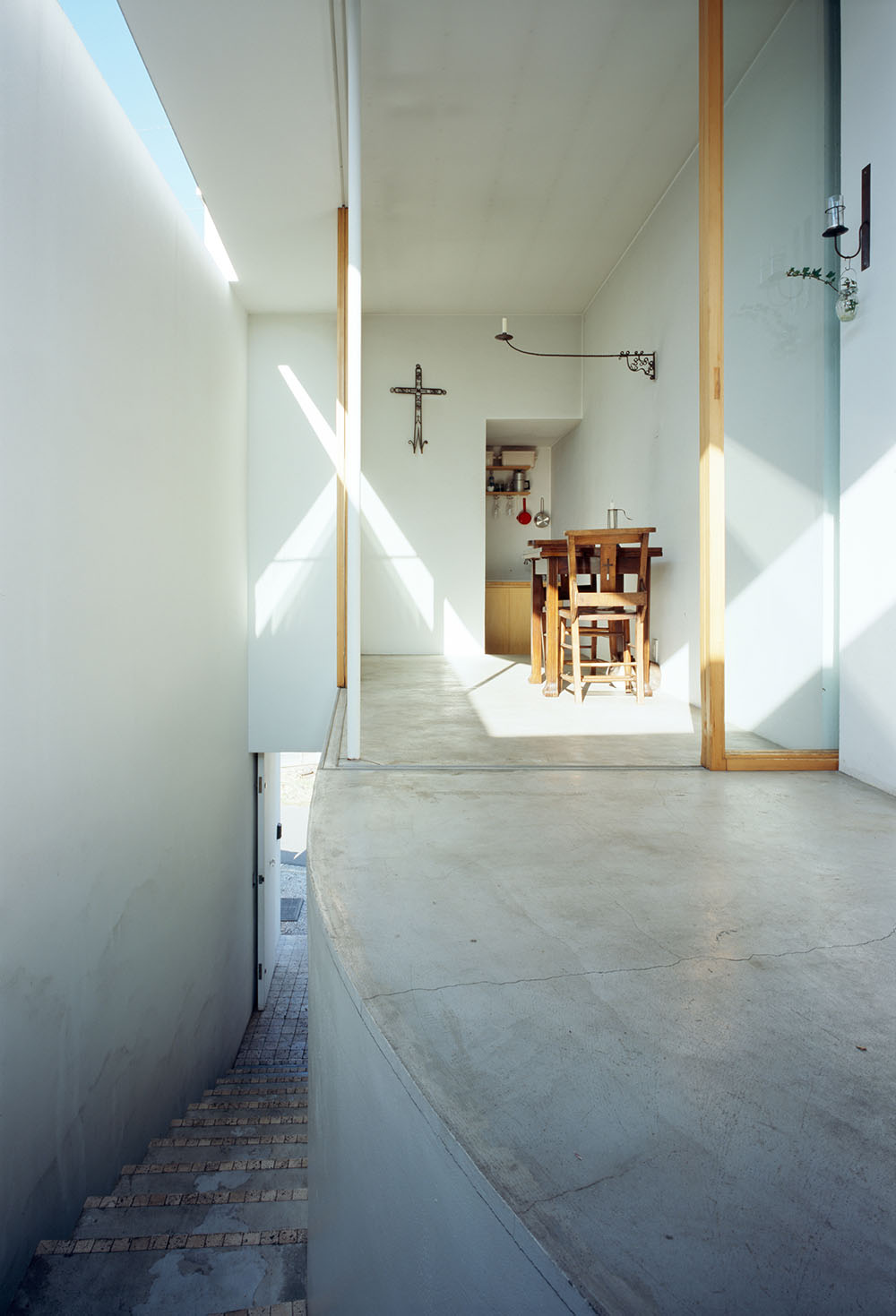
© Koji Fujii
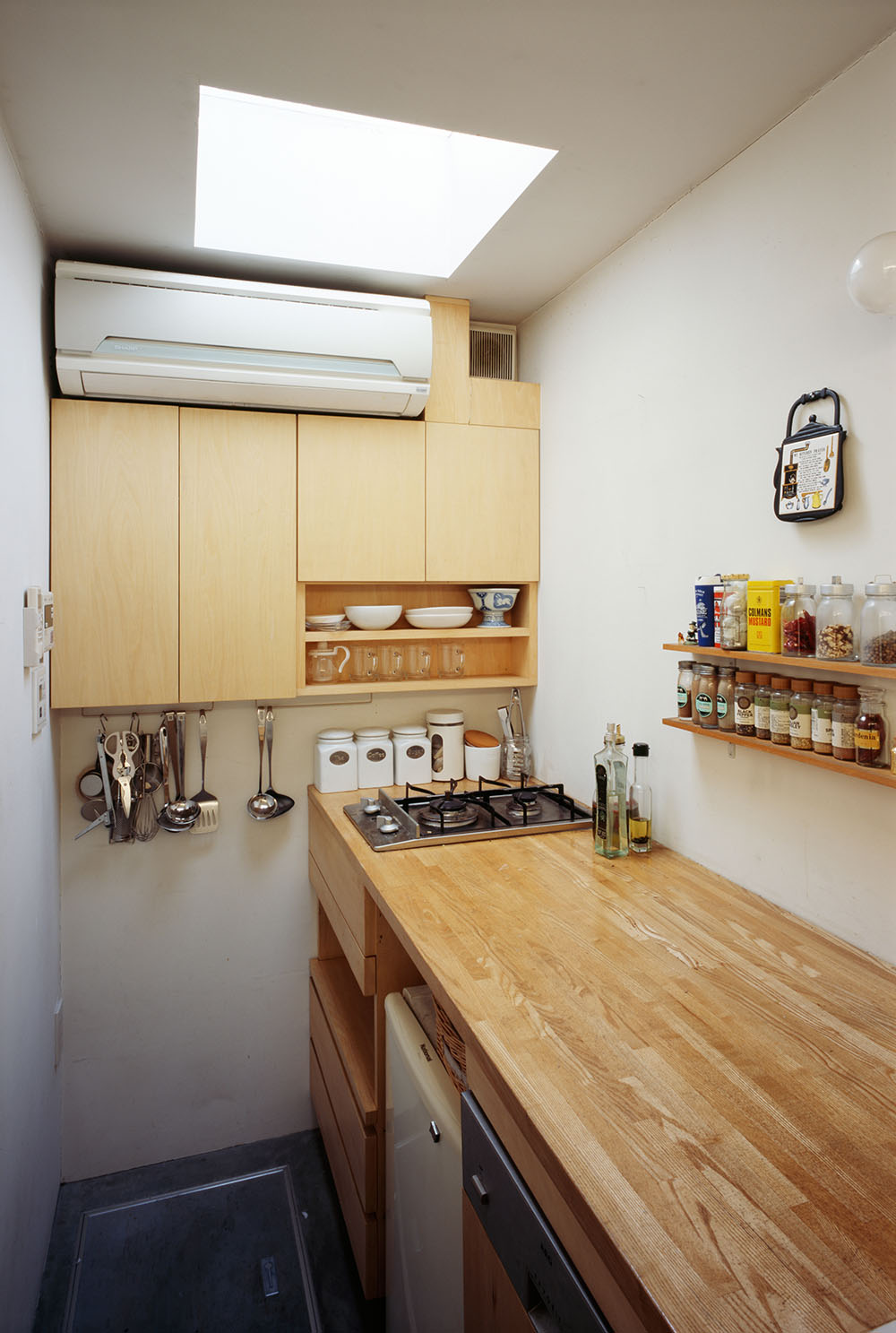
© Koji Fujii
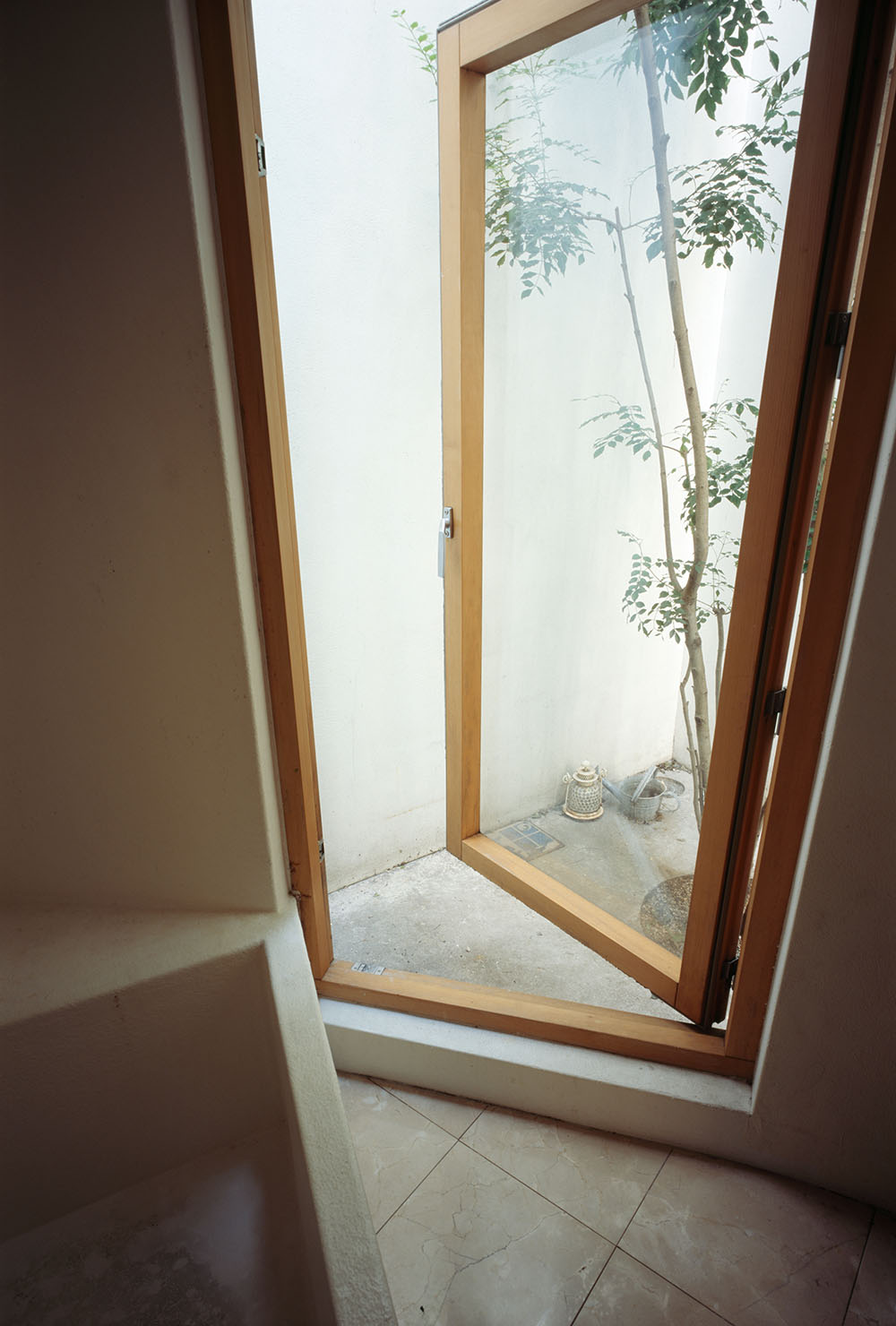
© Koji Fujii
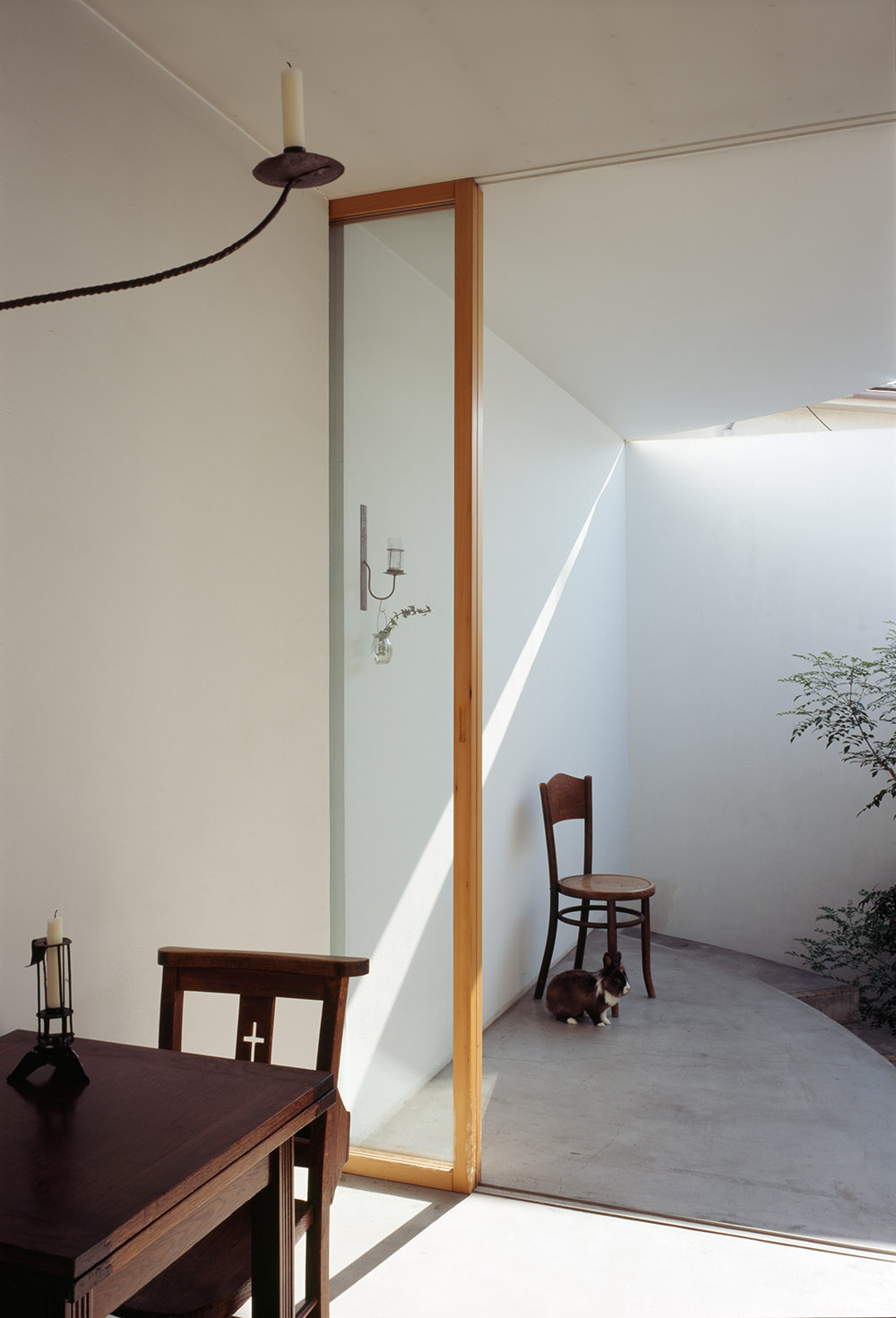
© Koji Fujii
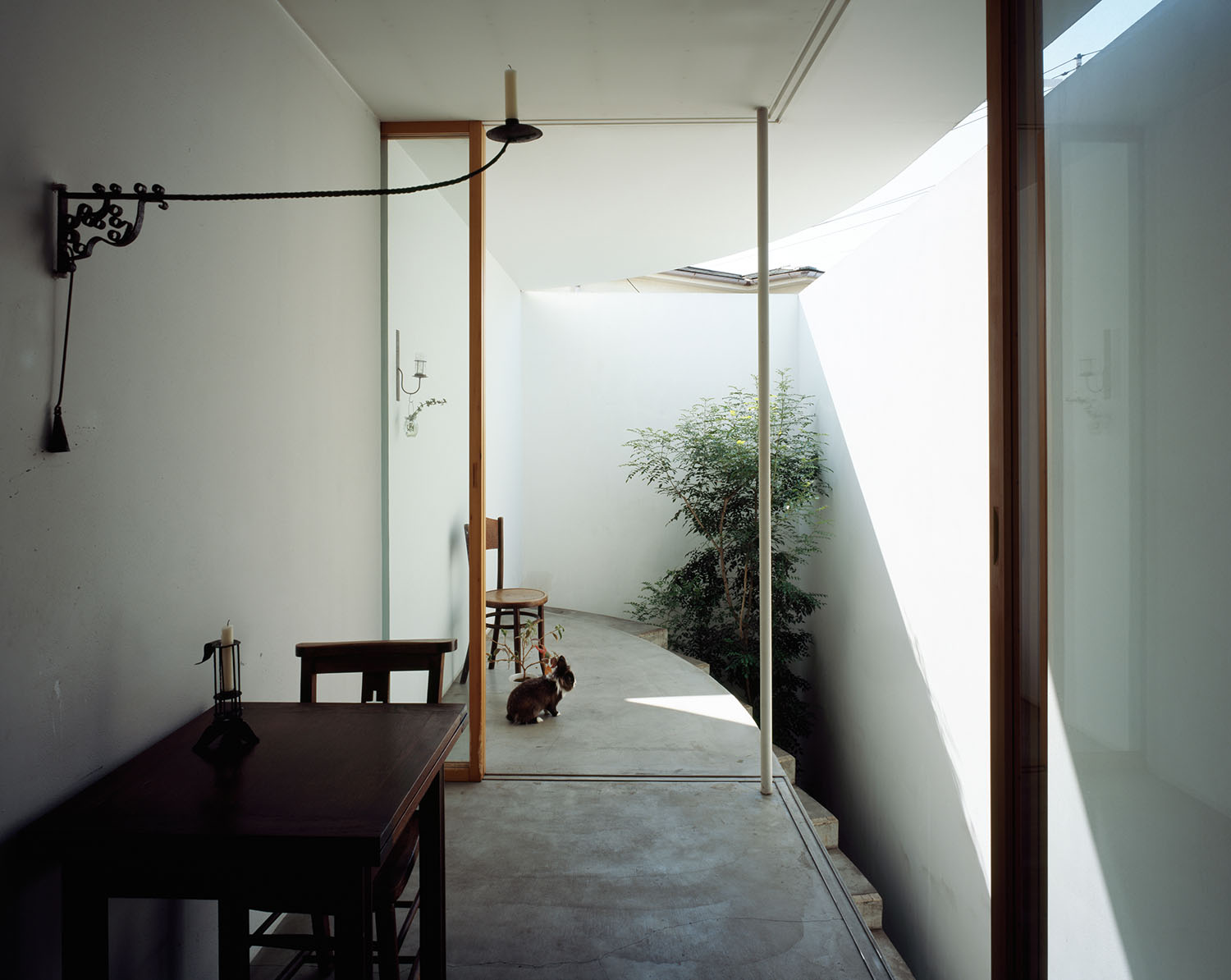
© Koji Fujii
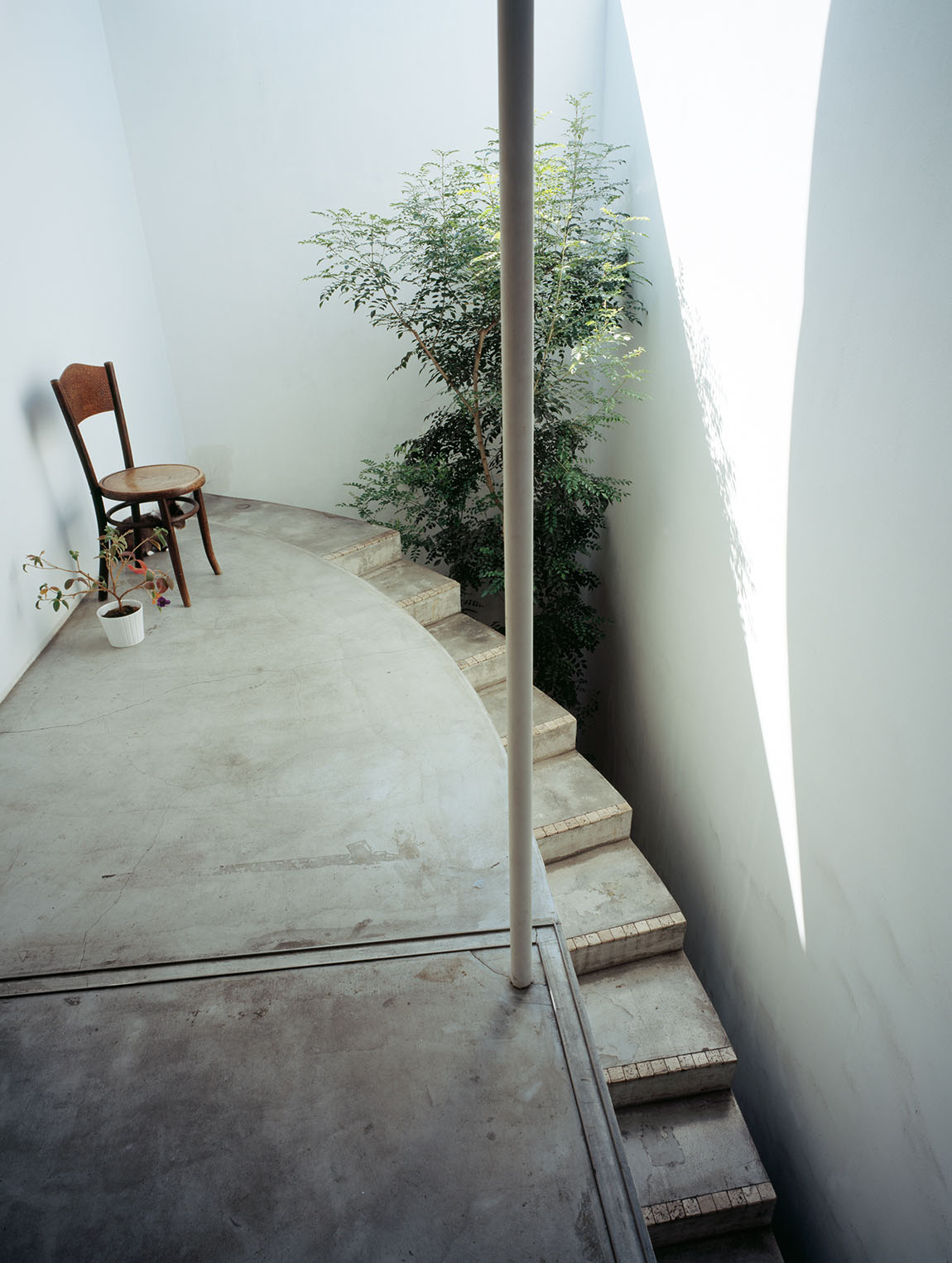
© Koji Fujii
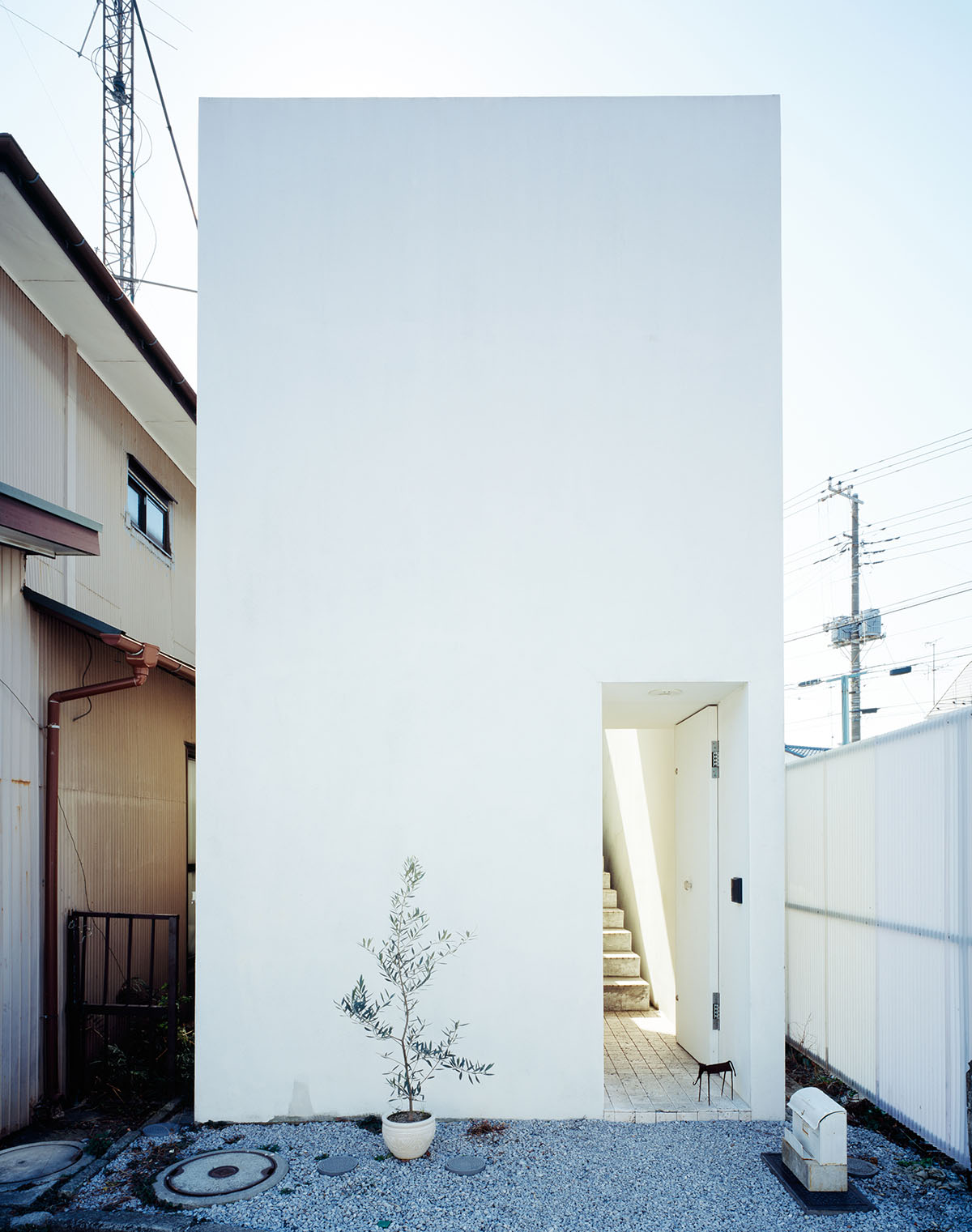
© Koji Fujii
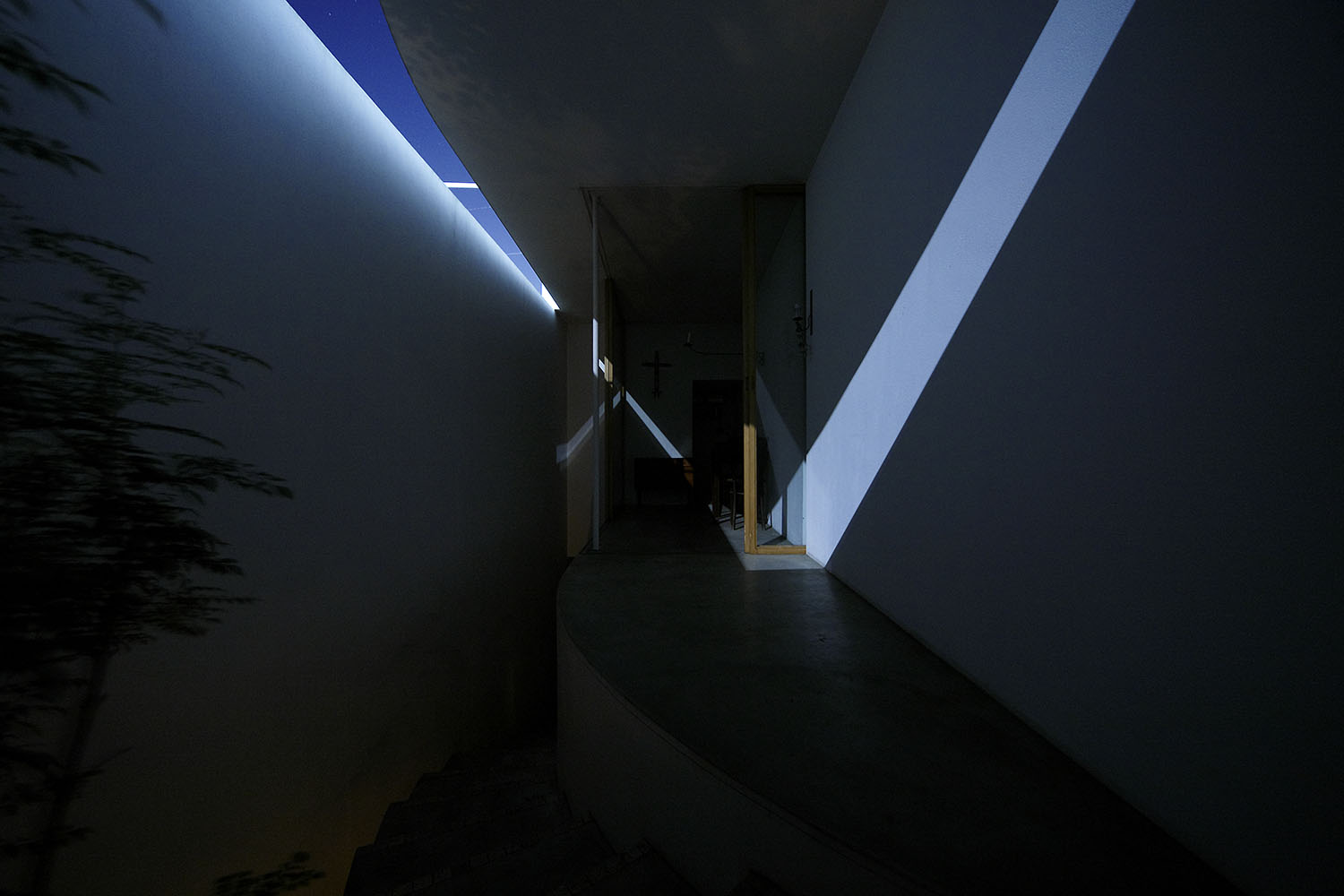
© Koji Fujii
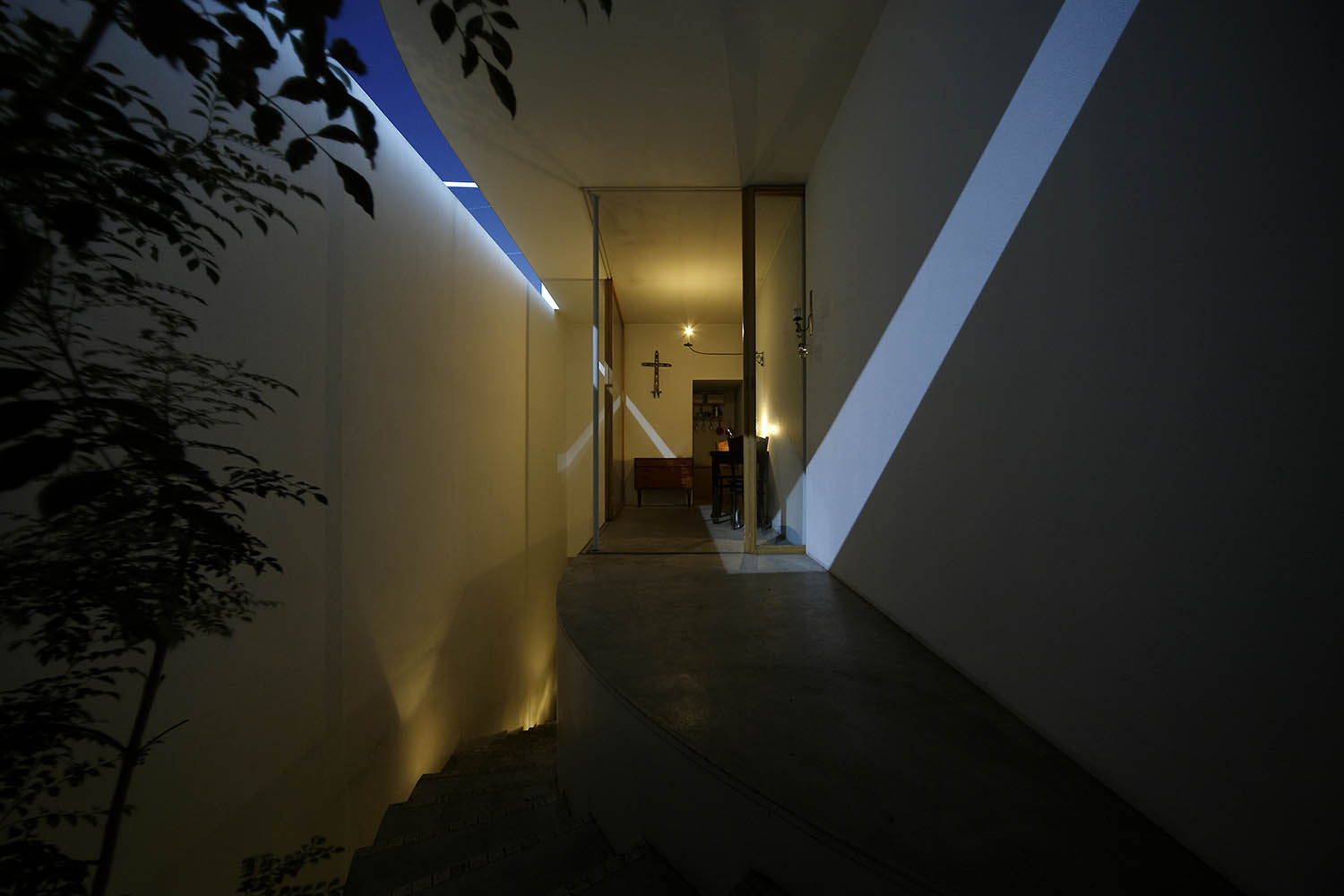
© Koji Fujii
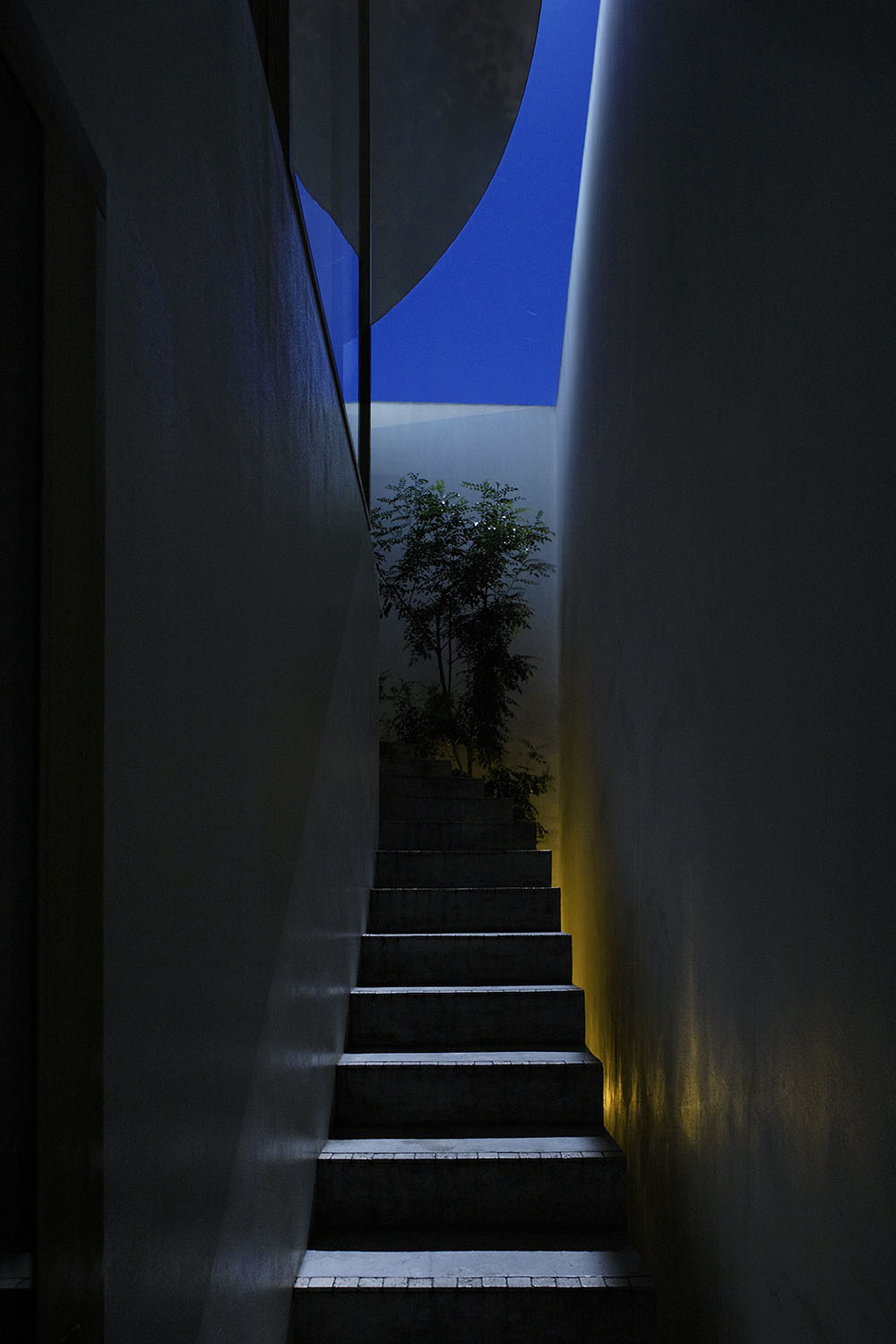
© Koji Fujii
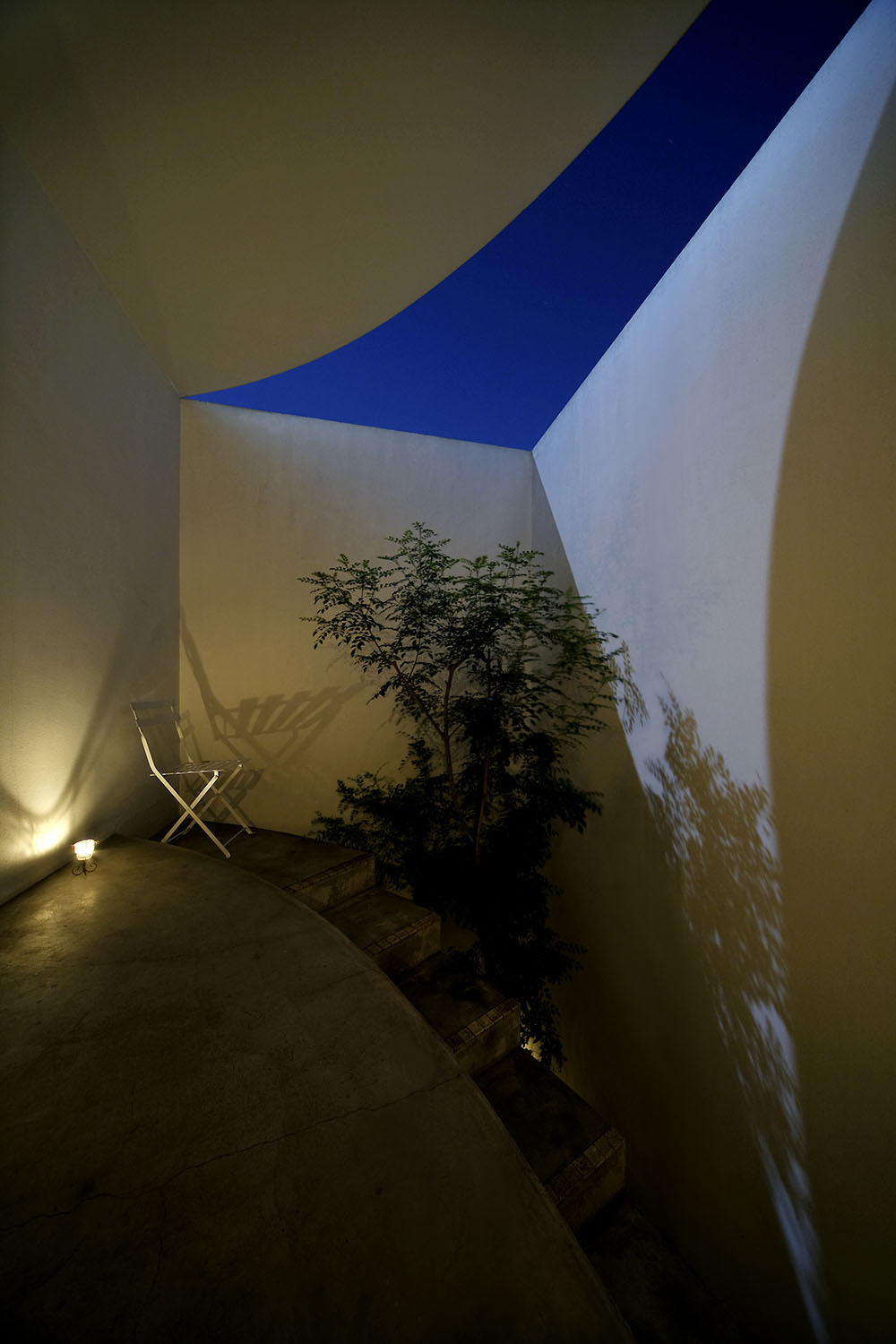
© Koji Fujii
TRENDING
-
The Tattoos that Marked the Criminals of the Edo Period
Traditional tattoos were strong signifiers; murderers had head tattoos, while theft might result in an arm tattoo.

-
Chiharu Shiota, Red Threads of the Soul
Last year, more than 660,000 people visited the retrospective 'Chiharu Shiota: The Soul Trembles' exhibit at the Mori Art Museum.

-
‘Before Doubting Others, Doubt Yourself. Who Can Truly Say a Dish Isn’t What It Used to Be?’
In ‘A Non-Conformist’s Guide to Surviving Society’, author Satoshi Ogawa shares his strategies for navigating everyday life.

-
The Story of Sada Yacco, the Geisha who Bewitched Europe
Described by Dazed magazine as the first beauty influencer, she has been restored to her former glory since 2019.

-
Ito Jakuchu's Naturalist Paintings
From 15 September until 14 October 2018, the Petit Palais showcased the artist's iconic ‘Images of the Colourful Realm of Living Beings’.





